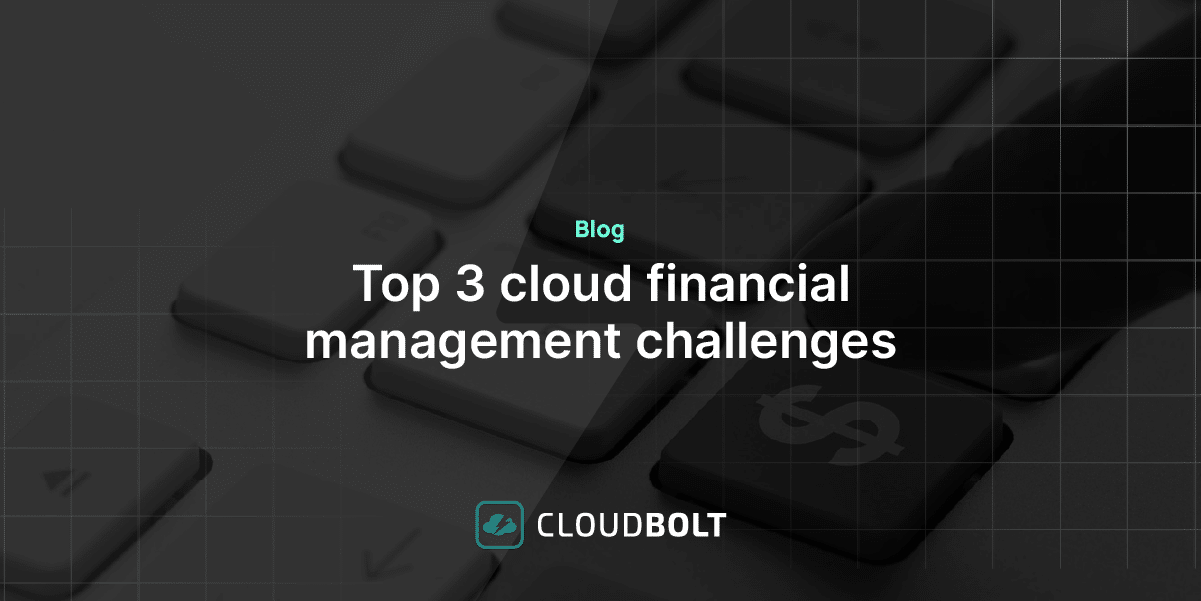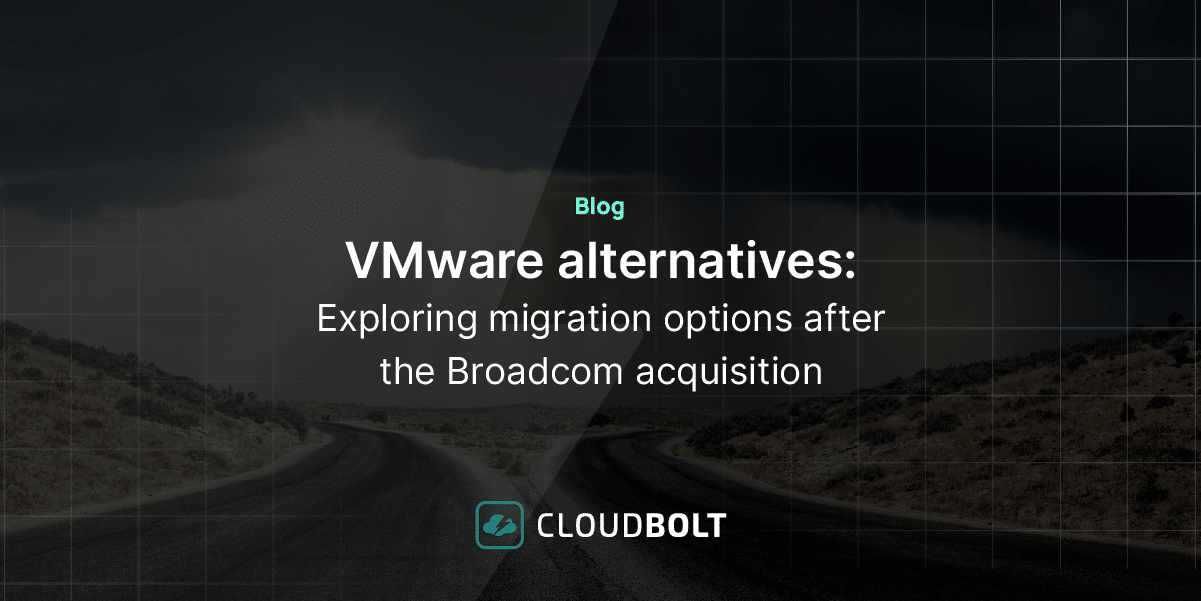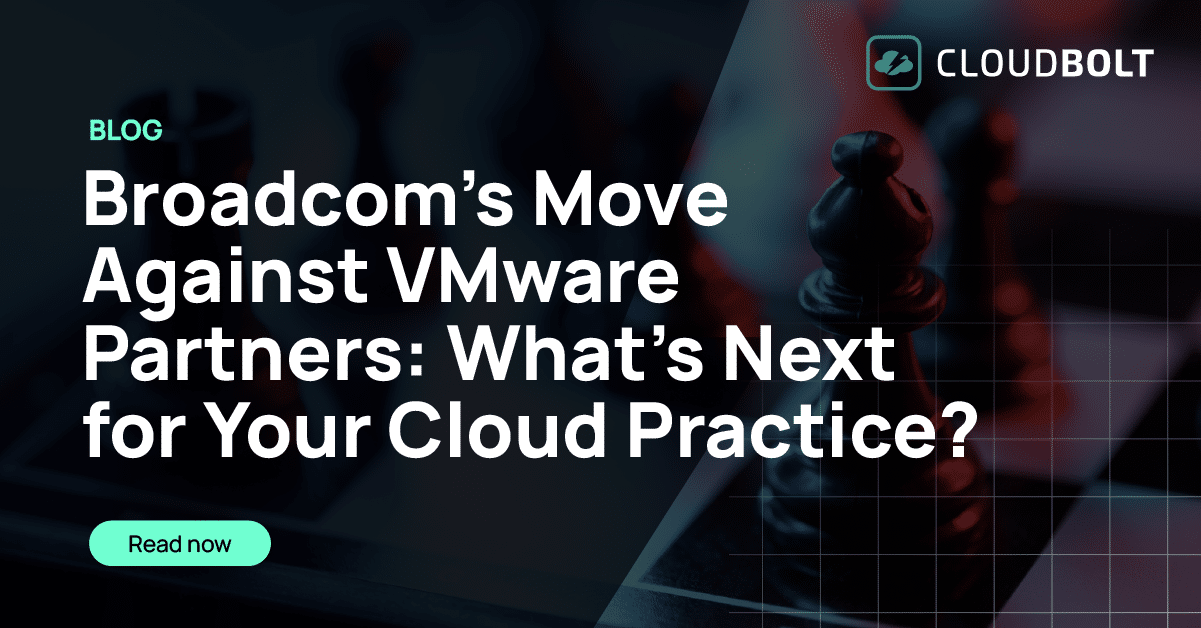
There are two types of cloud automation and orchestration tools – cloud-native and third-party. So, how do you pick one over the other? The decision ultimately depends on your current needs and plans. This comparison will help clear the air on the choices.
Often referred to as cloud management platforms (CMPs), cloud automation and orchestration tools come with all sorts of features and functionalities. Cloud-native tools include those provided by cloud vendors, such as Amazon Web Services (AWS), Microsoft Azure, and IBM. Third-party tools refer to those you buy from a third-party vendor, such as CloudBolt.
EVALUATING CLOUD AUTOMATION AND ORCHESTRATION TOOLS
When evaluating a CMP, it’s easy to get caught up in the pros and cons of each. Those details are important, but even more important is the core functionality of the CMP. The functionality of the tool should meet your current and future needs. For instance, do you plan to move to a hybrid cloud setup in the future? If so, you’ll want a tool that’ll provide a consistent UI for all your deployments – both public and private clouds. Another feature you might want to consider is the CMP’s ability to scale down cloud resources when you don’t need them. You might also want to consider automated data backups.
We have already established that the core functionality of the CMP is important. There are also some trade-offs to consider when choosing between a third-party and cloud-native tool. Take, for example, Azure Resource Manager (ARM) and AWS CloudFormation. These are cloud-native tools that should not compete with other management tools. Their purpose is to make it easier to consume Azure and AWS resources, respectively. The issue with these tools is they require provider-specific knowledge to use.
BUYER BEWARE: WHAT YOU NEED TO KNOW BEFORE BUYING CLOUD AUTOMATION AND ORCHESTRATION TOOLS
If you’re looking to deploy a CMP for your organization, you must put in place the right processes. This will allow for proper review, development, and testing life cycles, so you get the intended benefit. Uncontrolled tools can result in malicious changes to applications and systems. This can compromise critical business information.
For instance, AWS CloudFormation Designer allows you to edit and create JavaScript Object Notation files as templates. This is easy for third-party CMPs to consume, create, and edit. However, you’ll need your IT team to expand and maintain these templates. This requires CloudFormation expertise since there’s no visual interface to help get the job done.
On the flip side, third-party CMPs, such as CloudBolt, need more generic architectural knowledge to build complex environments. You don’t need to learn a proprietary language.
FINAL DECISION
Your decision will largely depend on whether you’re comfortable using the cloud-native tool. If it meets your current and future needs, then there’s no need to pay for a third-party tool. When is a third-party tool the best choice? It’s right for those operating in a multi-cloud environment and needing to manage multiple clouds from different providers from one console.
EXPERIENCE THE LEADING HYBRID CLOUD MANAGEMENT AND ORCHESTRATION SOLUTION. REQUEST A CLOUDBOLT DEMO TODAY.
Related Blogs

Top 3 cloud financial management challenges
Introduction As cloud costs continue to rise, comprising an ever-larger share of IT budgets, there is increasing executive scrutiny on…

